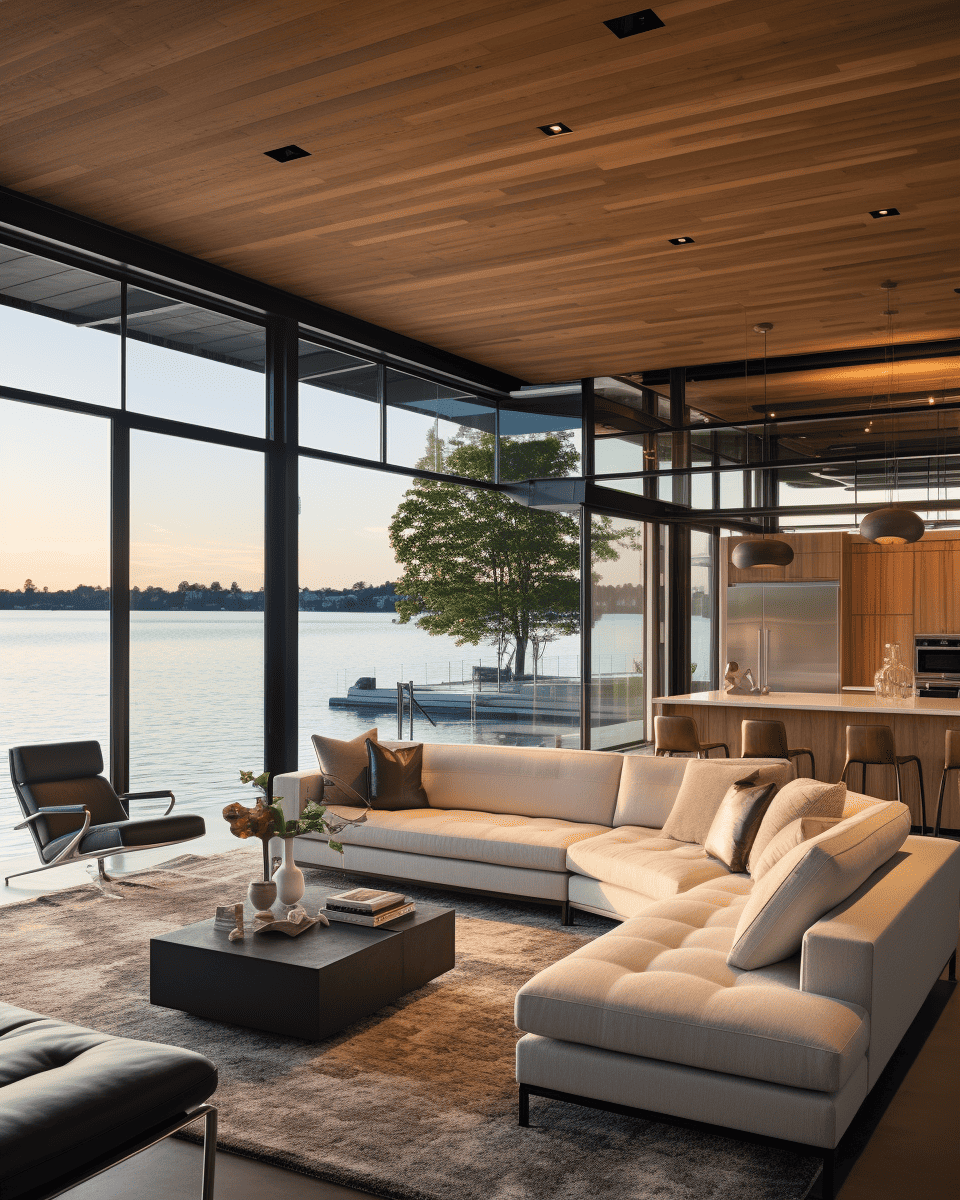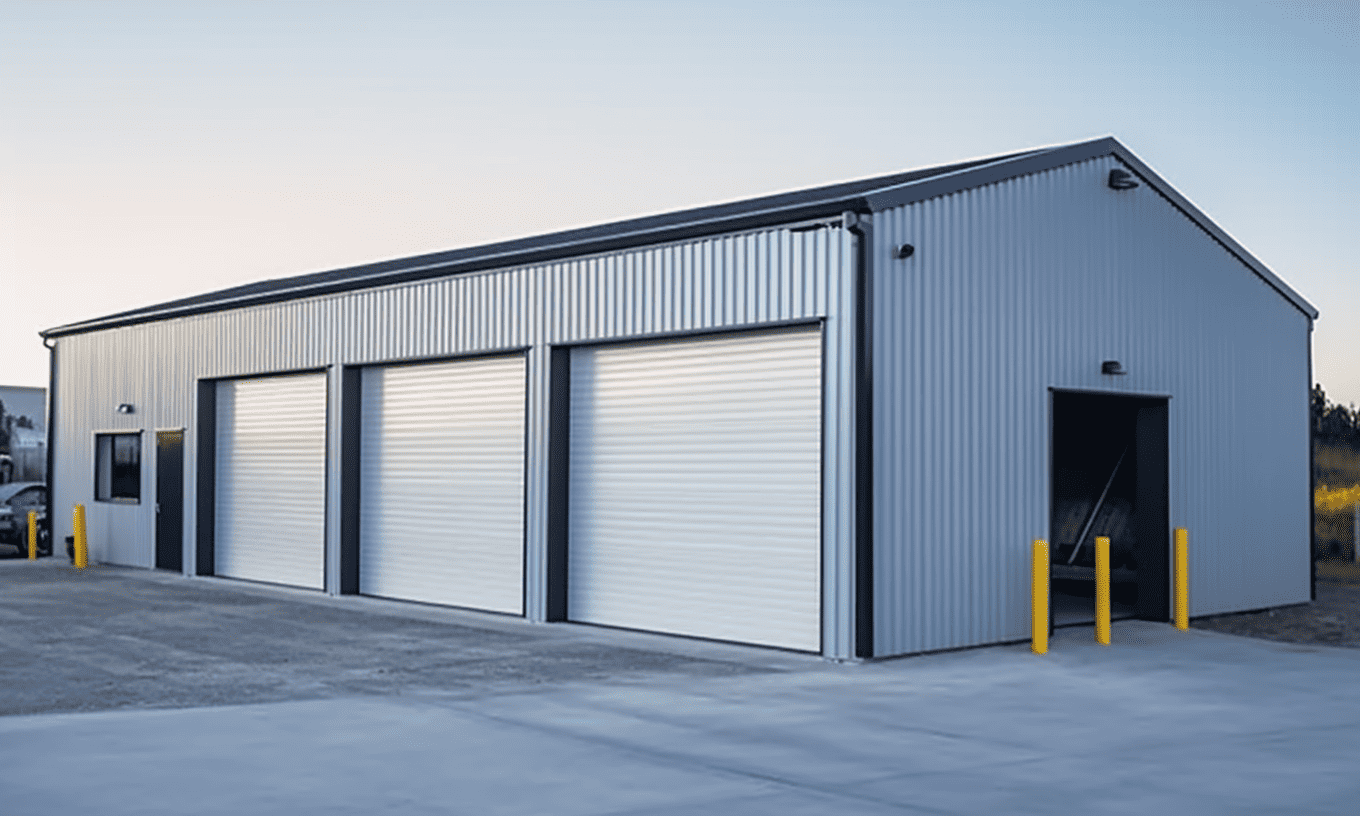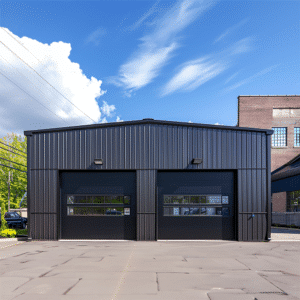Exploring the intricate dance between budget and quality is a tale as old as time, spanning various industries, including construction and steel buildings. It’s one of life’s classic balancing acts—like walking a tightrope while juggling. But fret not! By understanding how to carefully balance budget vs. quality, you can ensure that you’re making the wisest choices for your construction projects. Whether you’re leaning towards economical options or prioritizing high-quality materials, the key is knowing which areas warrant a quality investment and where it’s safe to trim the fat.
Understanding the Budget vs. Quality Dilemma
Every project starts with a dream, and backing every dream is a budget. In the realm of construction, the budget vs. quality debate often emerges right from the blueprint phase. Should you opt for more budget-friendly pre-engineered steel buildings in Ontario, or should you splurge on custom craftsmanship? The decision is pivotal, influencing not only the project’s cost but also its durability, aesthetics, and future maintenance needs.
The Canadian Construction Association suggests weighing the project’s nature against your available budget. By considering Canadian Construction Association – Budget vs. Quality insights, project stakeholders can make informed decisions. It’s like planning a fantastic vacation—would you rather stay in a swanky resort or is an Airbnb sufficient as long as you get to explore the local culture?
Quality: The Backbone of Longevity
Quality often claims victory in this battle because, at its core, it ensures structural integrity and longevity. Investing in quality materials means fewer repairs and maintenance issues, potentially saving money in the long run. Think of it as investing in a good pair of shoes; while pricier initially, they offer comfort, weather resistance, and longer wear.
Opting for quality, especially in steel structures, translates to less susceptibility to wear and tear—a critical consideration in the variable climate of places like Canada. By incorporating Custom Building Projects, builders can not only tailor the design to fit specific needs but ensure that each component is meticulously chosen to withstand environmental pressures.
Budget: The Craft of Strategic Spending
Conversely, adhering to a strict budget necessitates clever financial navigation. The trick lies in discerning where to cut costs and where to invest. Consider Cost Management Strategies as your GPS in directing funds wisely without compromising on safety or functionality.
By choosing standard dimensions, simpler designs, and mass-produced materials, you can stretch a budget further. Additionally, strategies such as value engineering can also be applied to determine cost-efficient methods without compromising on quality, essentially maximizing the project’s efficiency. Check out Value Engineering to learn more about how to implement this strategy effectively.
Finding the Sweet Spot: Balancing Budget with Quality
Balancing budget and quality is not merely about choosing one over the other but finding an equilibrium. It’s like composing a symphony where every instrument serves its purpose harmoniously. Here’s a quick roadmap to help navigate this complex decision:
1. **Identify Key Priorities:** Determine what aspects of your project cannot compromise on quality. For instance, the structural frame should always maintain integrity.
2. **Balance Customization Needs:** Explore options for customization that can meet specific needs without exorbitant cost, such as opting for pre-engineered steel buildings Ontario to fulfill structural demands cost-effectively.
3. **Utilize Cost Management Tools:** Implement strategies that focus on critical cost areas, helping keep the project within budget while maintaining acceptable quality levels.
Case in Point: Pre-engineered Structures
Often, pre-engineered structures exemplify the perfect balance between budget and quality. These can offer solid construction while allowing design flexibility and cost efficiency.
Take a look at the visual representation of well-balanced projects:

This image showcases how a prefab home retains both aesthetic allure and structural integrity. The blend of quality materials in a cost-effective design underscores finding the ideal midpoint on the budget-quality spectrum.
Evaluating the True Cost of Ownership
When confronted with this dilemma, another vital consideration is the total cost of ownership (TCO). While initial costs might pull you towards budget options, envision the future maintenance, repairs, and operational efficiencies associated with your choice. Implementing a quality-centric approach often means higher initial expenditures but results in reduced long-term costs and fewer headaches.
The connection between TCO and organizational success is akin to planting a seed: It requires time and resources initially but reaps benefits otter roamuminate later. Ensuring efficient function and longevity secures your investment across its lifecycle.
Conclusion: Achieving the Ideal Balance
In the end, the battle between budget vs. quality in construction is a narrative of understanding trade-offs and making informed choices. By comprehensively examining project needs, resources, and long-term goals, a harmonic balance can be skillfully achieved. Whether through the use of Custom Building Projects, efficient pre-engineered designs, or innovative strategies like value engineering, each decision inching closer to optimal balance results in a story of success.
Making decisions about budget and quality is as personal and nuanced as curating an art collection. Reflect upon the elements that are non-negotiable in quality and strategize innovative solutions that gracefully dance between luxury and affordability. Lastly, remember that unlocking the path to balance in construction awaits within smart, strategic decision-making.










